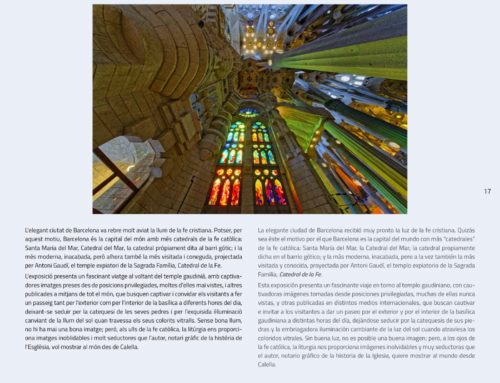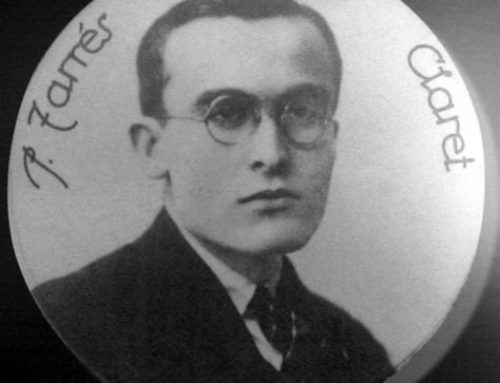ST LUKE’S PASSION (22:14-23:56)
One of the most striking things about Luke’s Passion Account on Palm Sunday is that he no-where mentions palms. Strewn clothes yes, and a rejoicing crowd, and a donkey, but no palms. Kindly as always, he says the disciples remained faithful to Jesus in his time of trial even though they ran away (22:28). And when they fall asleep in Gethsemane he says it is because they were full of sorrow. The Jewish authorities produce no false witnesses, and three times Pilate says Jesus is not guilty. The people grieve for what happens to Jesus, and he himself is upset at what is going to happen to them. He heals the servant’s ear at the time of the arrest and he forgives those who are killing him. He promises paradise to the repentant thief, and commits his spirit into the hands of his Father. No agonized anguish here, just care for everyone else, with forgiveness. Forgiveness all the way. His disposition is that of a perfect martyr, dying the most edifying death.
The Basic Outline
Luke follows the format that we find in St. Mark. There is the institution of the Last Supper, the prophecy of the betrayal, then the scene in Gethsemane with the peculiar discussion about the swords, and then the arrest. This is followed by the interrogations in the house of the High Priest. The soldiers treat him badly, mocking him. Peter is there all the time, not living up to his fair weather promises. There is the very touching scene as Jesus looks at Peter when the latter had committed moral suicide out of cowardice. He goes out and weeps bitterly. There is no real trial; the Jewish interrogators just ask Jesus to condemn himself: Are you the Son of God?
Pilate
The High Priests and the Scribes take him at daybreak to Pilate –who seems to be waiting for him. Having immediate unannounced access to such an important man would have been odd indeed if there were no collusion. Pilate represented the Roman Empire in Palestine. They tell him that Jesus rouses the people to rebellion, urging them not to pay taxes, that he is proclaiming himself king. They insist that he is a presumptive rebel leader. Pilate is not convinced; he should have known through his own security people. He sends him to Herod Antipas, the very man who had murdered John the Baptist, and who had then wanted to see Jesus. Herod treated him appallingly, mocking him like a circus clown, wanting him to work improbable wonders, even dispatching him with a splendid white robe, thus further mocking his alleged claims, and Jesus said nothing at all. So Herod had tired of it and sent him back to Pilate. This episode is found only in Luke. The maltreatment of Jesus made Pilate and Herod friends, the former obligingly recognizing the local authority pretentions of the other. The poor unfortunate Galilean was just a pawn in their hands, with no power at all. Three times in all Pilate declares him innocent, and yet yields to Jewish pressure and sentences him to death with all the horrors that accompany such a sentence.
The Sequence
Clearly St. Luke wants his readers to see in Jesus a model in martyrdom and suffering and as a faithful prophet. With the final words of hope on his lips he gives up his spirit safely into his Father’s hands. His was a most edifying witness to the final stage of life’s extraordinary journey; he had a noble end. Its missionary intent has often been noticed. People brought up in the Greco-Roman civilization would have found the deportment of Jesus suffering exemplary. The Roman centurion honored God, declaring that “this man was truly just”. Neutral Jews would have seen in it the true spirit of the martyr and the fidelity of the prophet. They beat their breasts. And Christian Believers would have found in it the perfect expression of fidelity to the will of God, the model to follow. The resurrection and ascension would complete the story for them. And then they would be filled with joy. The Church asks us to spend Holy Week thinking of these things; how we should conduct ourselves, and how in these days of stress on Christian life there is a model to follow. One would like to think that The Good Friday Agreement -April 10th, 1988- (Belfast Agreement as it is called by some), still shows something of that spirit- the desire to live in peace, together.
Amen.
Rev Richard J. Taylor
Spiritual Advisor, MaterCare International
Boarbank Hall, Cumbria, UK









